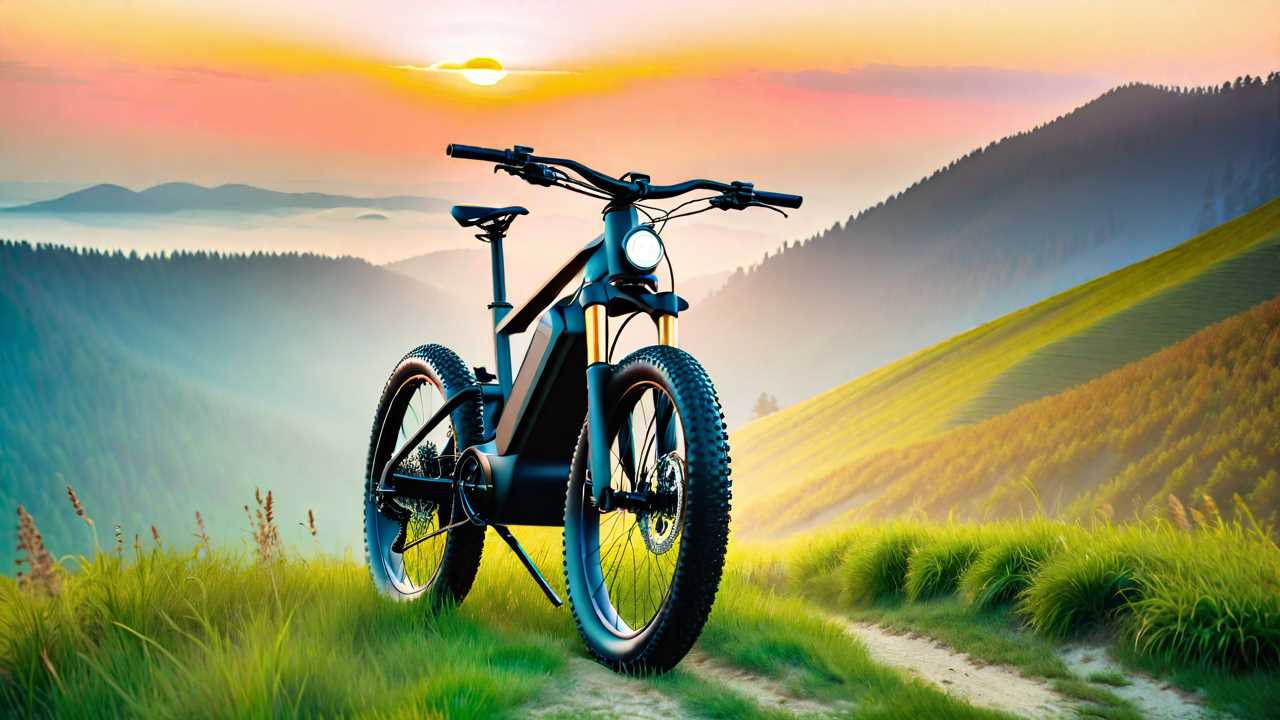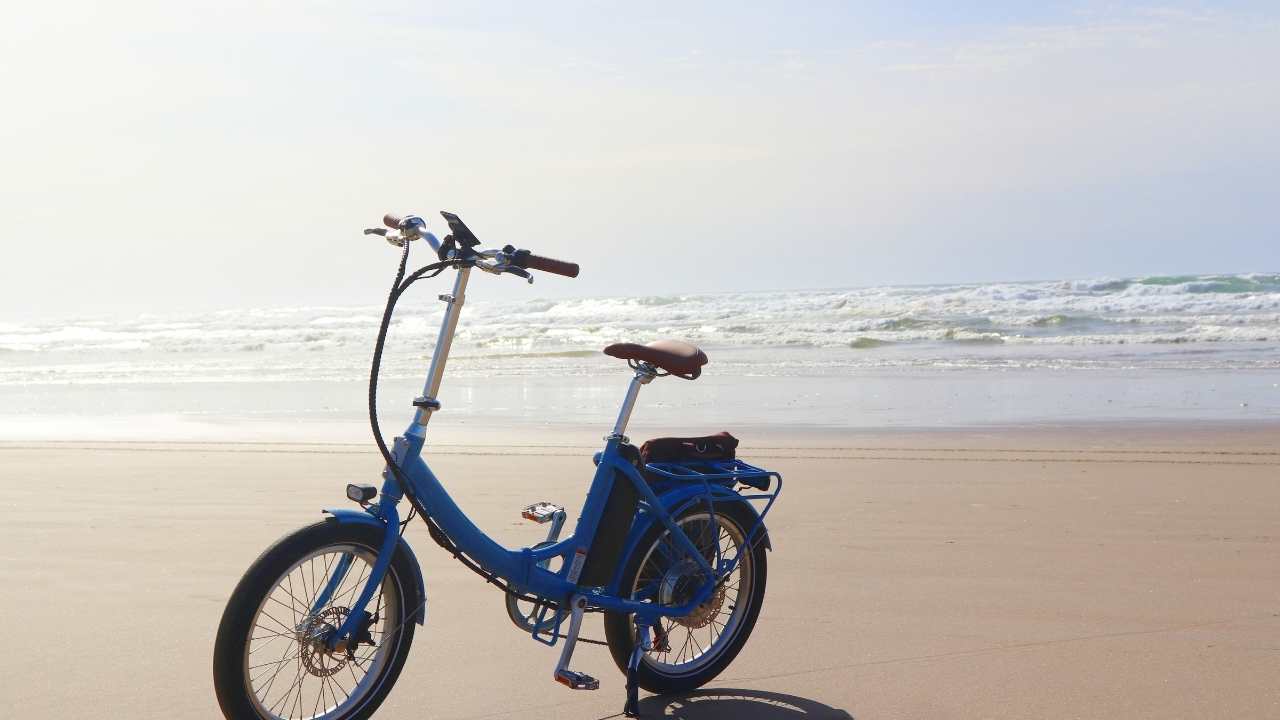
What Class Ebike Is Best?

When determining the best class of ebike, consider your needs: Class 1 ebikes suit leisurely rides and flat grounds. Class 2 ebikes offer a relaxed ride with throttle support. Class 3 ebikes boast more power and speed, ideal for commuters and thrill-seeking enthusiasts. Each class caters to distinct preferences, from casual biking to high-speed adventures. Safety, regulations, and personal comfort shape the choice of the most suitable ebike class for you. Understanding these distinctions guarantees selecting the right match for your cycling aspirations. Discover the best ebike class to enhance your riding experience.
Understanding Class 1 Ebikes
Class 1 ebikes are bicycles equipped with electric motors that assist the rider's pedaling up to a certain speed limit. These ebikes provide a safe and efficient way for riders to enjoy cycling while receiving a boost from the motor.
With a maximum speed typically capped at 20 mph, Class 1 ebikes offer a controlled riding experience, promoting safety on both roads and bike paths. The electric assistance kicks in as the rider pedals, making it easier to tackle hills or ride longer distances without overexertion.
This gentle support encourages riders to maintain a moderate pace and enjoy the journey without compromising safety. Class 1 ebikes are a popular choice for commuters, recreational cyclists, and those looking for a reliable mode of transportation that prioritizes safety.
Exploring Class 2 Ebikes
When contemplating electric bicycles with motorized assistance that extends beyond pedaling support, a notable category to investigate is Class 2 ebikes. Class 2 ebikes are equipped with a throttle that allows riders to propel the bike forward without pedaling, providing a convenient option for those who may need a break or assistance on inclines.
These ebikes also feature pedal-assist modes, ensuring a versatile riding experience. One key safety benefit of Class 2 ebikes is the ability to control speed more efficiently, as riders can use the throttle to adjust their pace without solely relying on pedaling. This feature can be particularly helpful in urban settings or crowded bike paths where precise speed management is crucial for safety.

Unpacking Class 3 Ebikes
Exploring the specifications and capabilities of Class 3 ebikes reveals their advanced features and performance benefits in the world of electric bicycles.
Class 3 ebikes, also known as speed pedelecs, are designed to provide pedal-assist up to 28 mph, offering a faster and more efficient ride compared to Class 1 and Class 2 ebikes.
These ebikes often come equipped with larger motors and higher-capacity batteries, allowing riders to cover longer distances with ease.
While the increased speed capabilities of Class 3 ebikes offer a thrilling experience, it is essential for riders to prioritize safety by wearing helmets, following traffic laws, and being mindful of their surroundings.
The improved performance of Class 3 ebikes caters to commuters and enthusiasts seeking a swift and convenient mode of transportation.
Comparing Performance Across Classes
After analyzing the improved features and performance benefits of Class 3 ebikes, it becomes evident that comparing the performance across different classes provides valuable insights into the varying capabilities of electric bicycles.
Class 3 ebikes, known for their ability to reach speeds up to 28 mph, offer a faster and more dynamic riding experience compared to Class 1 and Class 2 ebikes. This increased speed can be advantageous for commuters covering longer distances or riders seeking a more exhilarating journey.

However, it's essential to take into account safety implications when opting for a higher-speed Class 3 ebike, as proper protective gear and adherence to traffic regulations become even more critical.
Understanding the performance variations among ebike classes is vital for selecting the most suitable option based on individual riding preferences and safety considerations.
Choosing the Best Class for You
Considering your riding preferences and needs, selecting the most suitable class of ebike is essential for optimizing your riding experience.
When choosing the best class for you, safety should be a top priority. Class 1 ebikes, with pedal assistance up to 20 mph, are great for riders who enjoy leisurely rides or commuting on flat terrain.
For those seeking more power and speed, Class 3 ebikes, with pedal assistance up to 28 mph, might be the better choice, but do keep in mind that they are not allowed on all bike paths.
Class 2 ebikes, with throttle assistance up to 20 mph, offer a more relaxed riding experience.
Ultimately, understanding the regulations in your area and evaluating your comfort level with speed and effort will help you make the best decision for your ebike class.

Frequently Asked Questions
Are There Any Age Restrictions for Riding Different Classes of Ebikes?
Age restrictions for different classes of ebikes vary. Class 1 and 2 ebikes often have no age limit, while Class 3 ebikes may require riders to be at least 16 or 18 years old. Always check local regulations for specifics.
Do Different Classes of Ebikes Require Specific Types of Maintenance?
Different classes of ebikes may require specific maintenance to guarantee top performance and safety. Regular check-ups on brakes, tires, batteries, and electrical components are essential. Following manufacturer guidelines and seeking professional assistance when needed is recommended.
Can Ebike Classes Affect Insurance Coverage or Regulations?
Classifying ebikes can impact insurance coverage and regulations. Different classes may require specific coverage levels or adherence to varying regulations. It's essential for riders to understand these distinctions and make sure they comply with legal requirements for a safe and protected riding experience.
How Do Different Classes of Ebikes Handle Varying Terrains?
Different classes of ebikes handle varying terrains differently. Class 1 ebikes are suitable for paved roads and light trails. Class 2 ebikes can handle moderate off-road conditions. Class 3 ebikes are more adept at rough terrains and steep inclines.
Are There Any Restrictions on Where Each Class of Ebike Can Be Ridden?
When considering the restrictions on where each class of ebike can be ridden, it's important to understand local regulations. Class 1 and 2 ebikes are typically allowed on bike paths and roads, while Class 3 ebikes may have specific restrictions or requirements.